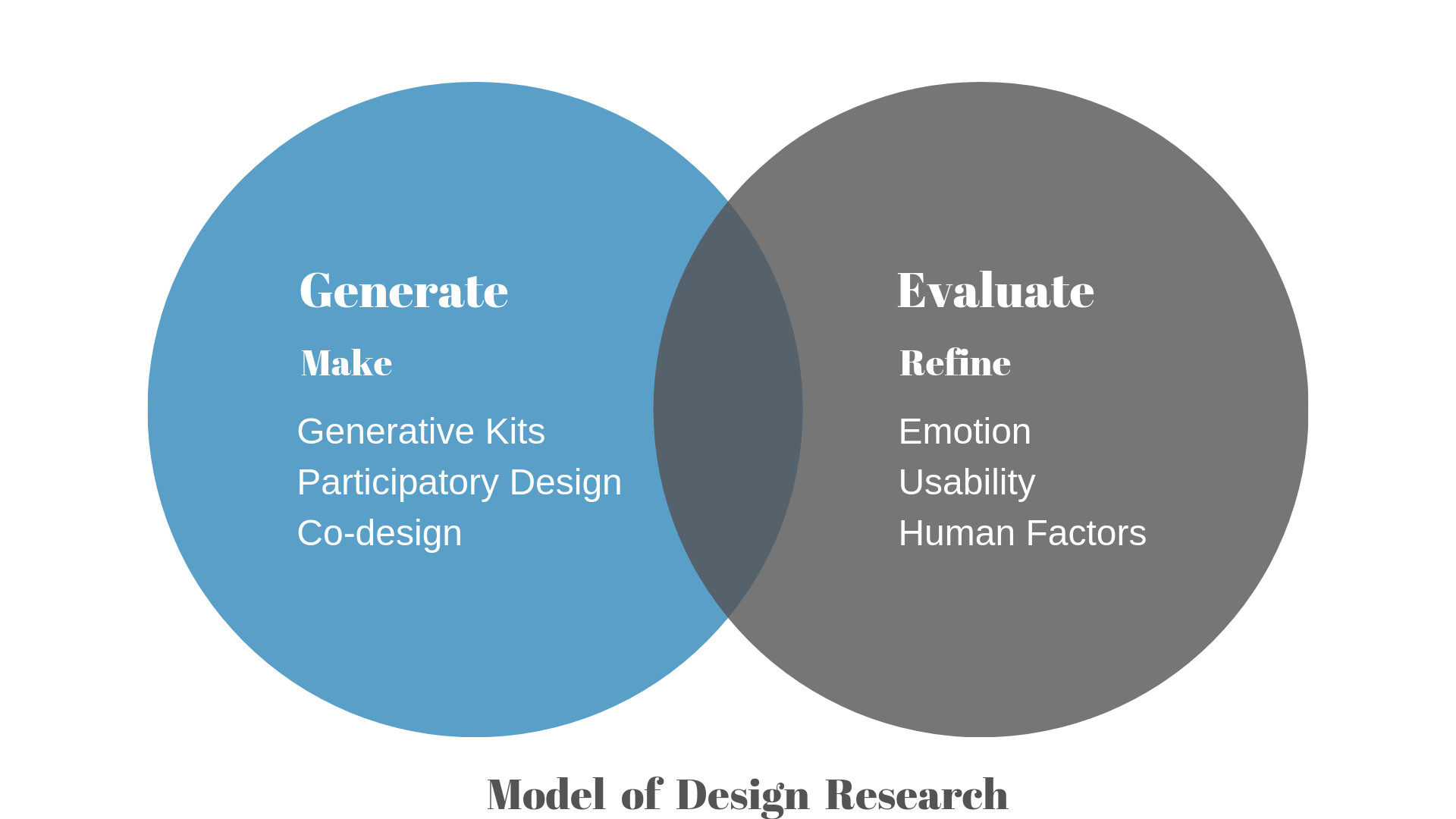
In UX design, research is a fundamental part of solving relevant problems and/or narrowing down to the “right” problem users face. A designer’s job is to understand their users, which means going beyond their initial assumptions and putting themselves in another person’s shoes in order to create products that respond to a human need.
Let me start off by saying that we are not “pure” researchers. We don’t have to follow a strictly scientific method. We do create hypotheses and test them. BUT we can be nimble, we can change the prototypes on the fly. We measure our success by the outcomes we reach.
There are various research methods that we can use to gather data. The widest type of them are Generative and Evaluative Research, Here I will explain them one by one.
“Research seeks to prove, evaluation seeks to improve” -M.Q. Patton
What is Generative Research?
Generative research is done to generate information about the users and ways in which they operate. It involves learning about who the users are, what they do, how they do it, why they do what they do in a particular way, what frustrates them, what makes them happy, in what contexts they take an action, etc.
This research helps define the problem under consideration. This type of research is conducted at the very beginning of the product cycle when we don’t even know what problem to solve for our customers. The purpose is to be able to formulate a problem to solve and be halfway sure that this is a relevant problem.
Of course, here the customers do not tell us their problems, we need to synthesize them, detect and understand patterns and get our own pattern and detect a problem to be solved. We do not yet have a clue about the solution.
Generative Research Process –
Why Generative Research Is Important –
Generative Research Methods –
Some techniques to do so are –
This can be achieved using the following techniques –
What is Evaluative Research?
Evaluative research is assessing a specific problem to ensure usability and ground it in the wants, needs, and desires of real people. Evaluative research is what most of the UX researchers doing now a day, it is done to assess something that exists, e.g., a design or an application. Its main goal is to find out lacking and difficulties in the existing product and try to find out possible solutions for it.
This research method can be conducted at any time throughout the project as long as there is something to evaluate. Early sketches, paper or digital prototypes, and implemented interfaces can all be subject to evaluative research.
With this kind of research, the goal is to know which solutions will work and if our solutions are getting closer to solving the problem we chose. In other words, it answers the question: Did we do enough explanatory research to come up with the right solutions?
“What people say, what people do, and what people say they do are entirely different things.” – Margaret Mead, American cultural anthropologist
Types of Evaluative Research –
During the formative evaluation, information is collected and then fed back to program designers and administrators to enhance program development and maximize the success of the intervention.
It can also play a role in improving interventions by providing the information necessary to change delivery strategies or program objectives in a changing epidemic.
Like process evaluation, outcome evaluation can also be conducted at intervals during an ongoing program, and the panel believes that such periodic evaluation should be done to monitor goal achievement.
Evaluative Research Methods –
Ethnography is the firsthand observation of users as they interact with things in the world around them, and it’s an effective way for UX researchers to learn if a product is actually useful or is hindered by design flaws.
Once the cards are sorted, they are then asked to explain the reasoning behind their way of arrangement. During a closed card sort, participants are asked to place cards from the deck into pre-existing groups, and their word associations are documented by researchers.
At last, I would say that you can—and should—do user studies at all stages of the design process. Studies that are done before you start designing can help you to get an understanding of what your target group needs; studies that are carried out iteratively during development helps in ensuring that the user experience is on track, and measuring the effectiveness of your design after the product is released.
This approach can keep you a step ahead as every dimension of your release will have been considered, analyzed, and tested before you sit down to see the results of the ultimate test (the ROI), more confident that you’ve got a winning design.